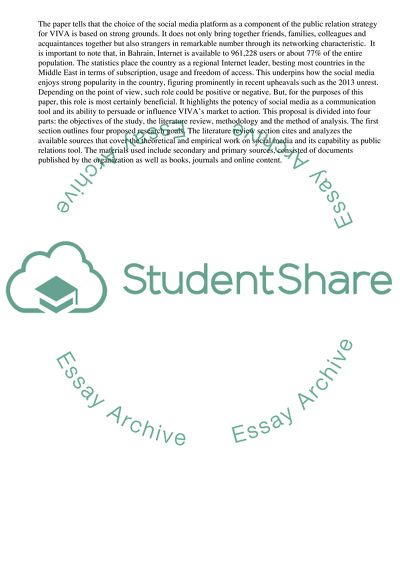Cite this document
(“The Role of Social Media as a PR Tool Research Proposal”, n.d.)
The Role of Social Media as a PR Tool Research Proposal. Retrieved from https://studentshare.org/business/1629412-the-role-of-social-media-as-a-pr-tool
The Role of Social Media as a PR Tool Research Proposal. Retrieved from https://studentshare.org/business/1629412-the-role-of-social-media-as-a-pr-tool
(The Role of Social Media As a PR Tool Research Proposal)
The Role of Social Media As a PR Tool Research Proposal. https://studentshare.org/business/1629412-the-role-of-social-media-as-a-pr-tool.
The Role of Social Media As a PR Tool Research Proposal. https://studentshare.org/business/1629412-the-role-of-social-media-as-a-pr-tool.
“The Role of Social Media As a PR Tool Research Proposal”, n.d. https://studentshare.org/business/1629412-the-role-of-social-media-as-a-pr-tool.


